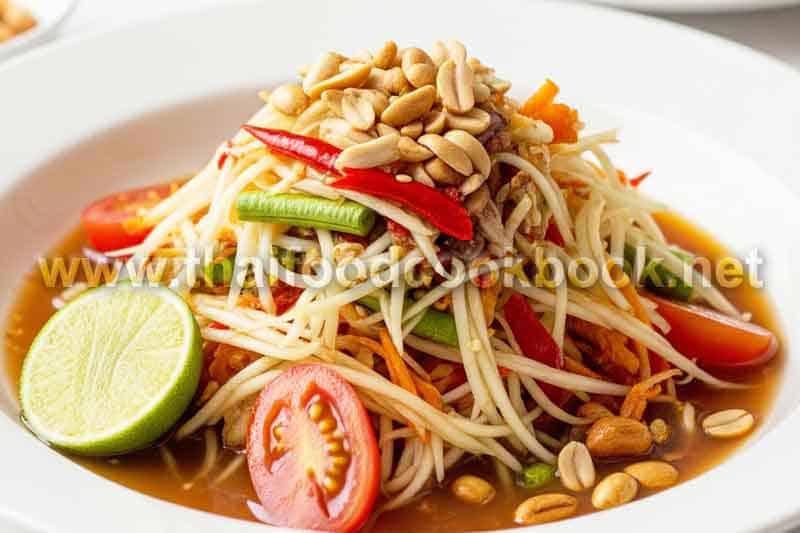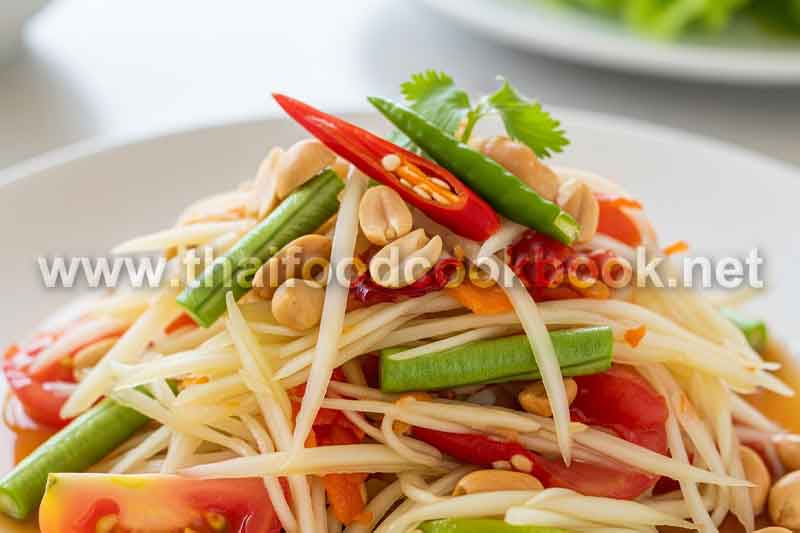Why your green curry turns dull instead of bright green
Many home cooks are surprised the first time they make Thai green curry at home and see it turn pale, grayish, or muddy rather than the vibrant shade they expect. The difference usually comes down to how heat, herbs, and fat are handled during cooking. A bright curry is not just about using a “green” paste—chlorophyll from basil, green chilies, and fresh herbs is extremely fragile, which is why your green curry can look vivid in the beginning but fade by the time it hits the table. When the herbs are overcooked or boiled aggressively, the natural pigments change from green to olive-brown. Longtail mistakes like simmering too long, reheating at high temperatures, or adding leafy aromatics too early are the most common causes. Maintaining a bright finish means protecting the herbs from oxidation, heat shock, and overexposure to steam—essential lessons that separate restaurant-grade curry from a dull homemade version.
Common Reasons Green Curry Loses Its Bright Color
The richness of the paste does not guarantee brightness; technique does. Most fading begins before the curry is even assembled—during paste selection or preparation. These are the most frequent causes:
- Using old or oxidized curry paste with dull chlorophyll content.
- Boiling herbs instead of gently folding them in at the end.
- Cooking the curry base over high heat for too long.
- Adding Thai basil too soon, causing the leaves to darken.
- Reheating leftovers at a rapid boil, which strips the pigments.
- Using too little fat, which fails to “protect” the color molecules from heat exposure.
Freshness matters more than spice level—bright green curry depends on clean-tasting chilies, tender basil, and vibrant kaffir lime peel. If paste sits exposed to oxygen or light, its color deteriorates before it ever touches the pan. On the other end of the process, finishing leafy herbs at the right moment is the key to vivid presentation.
How to Keep Thai Green Curry Vibrant and Fresh Looking
Color preservation is more about timing than seasoning. The biggest difference between a professional Thai kitchen and a home cook is that professionals always treat the herbs like garnish, not simmering ingredients. If you want your curry to stay bright, follow these essential steps:
- Use thick coconut cream first to fry the paste gently and protect the pigments with fat.
- Keep the liquid at a gentle simmer—not a rolling boil—to preserve chlorophyll.
- Add Thai basil and finely shredded kaffir lime leaves at the end, not the beginning.
- Blend a spoonful of fresh basil or coriander into the sauce right before serving if the color dulls.
- Finish with a quick lid removal to release steam—too much steam darkens herbs.
Advanced cooks even “refresh” the color by blitzing a small portion of hot curry with fresh basil, then swirling it back in. This gives a deep emerald hue without affecting flavor. Correct technique doubles as flavor protection—when basil cooks slowly instead of violently, its aroma remains whole rather than fading into bitterness.
Final Summary and High-Impact Tips for a Brighter Curry
The reason your curry fades is not the recipe but the handling: overheated herbs, low-fat emulsions, old paste, or too much simmering strip the color. By finishing basil late, simmering gently, and letting coconut fat insulate the pigments, you lock in a vivid emerald finish every time. If you want a deeper breakdown of chlorophyll behavior in Thai-style sauces and how fat protects herbal pigments, expert culinary explanations about bright green curry technique show why timing matters as much as ingredients. Once these fundamentals are second nature, your green curry will stay as fresh, aromatic, and beautifully vibrant on the plate as it looks in your pan.

